What is DeFi? What is Decentralized Finance?
The term "DeFi" is often mentioned in the cryptocurrency market, considered a new trend in financial investment. Some even liken DeFi to a revolution, opening a new direction in global finance. So, what is DeFi? Let's find out through the following article.
I. What is DeFi?
DeFi stands for Decentralized Finance, which refers to an open, decentralized financial system. This system consists of a collection of applications and financial tools built on the blockchain platform, creating a financial trading network where users can perform peer-to-peer (P2P) transactions without any intermediaries.
II. Characteristics of DeFi
Some advantages of DeFi include:
- Easy accessibility: Unlike the traditional CeFi financial model that might require paying for VIP membership to receive ecosystem benefits, DeFi allows equal access to all users. You can fully access what DeFi offers without any cost.
- High interaction capacity: As the DeFi model tends to be community-oriented, those within the DeFi ecosystem often highly interact with each other.
- Privacy: Developed on the Blockchain platform, you can have a cryptocurrency wallet without needing identification. Money transfers do not require the sender or recipient identities.
- Transparency: Transactions on DeFi are publicly transparent, and you can check any transaction using the transaction ID.
- Fairness: All transactions on DeFi do not discriminate based on how much cryptocurrency one owns, unlike traditional banks.
III. Some Applications of DeFi
1. Lending & Borrowing platforms
These decentralized lending platforms have two main participants:
- Lenders (depositors): They use their assets or money to lend to Borrowers at a certain interest rate. After a period, they receive back their principal and agreed interest.
- Borrowers (loan takers): They borrow money or assets from Lenders and are ready to pay interest for it.
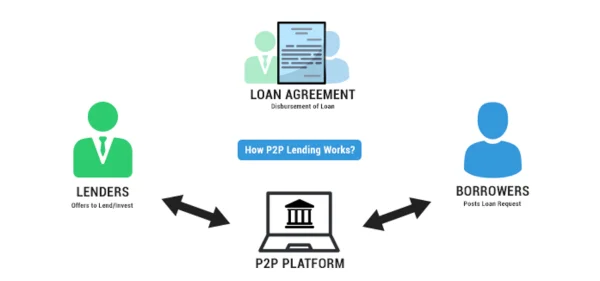
2. Stablecoins
Due to the market's volatility, investors may transfer their assets into Stablecoins instead of converting to Fiat currency to preserve capital.
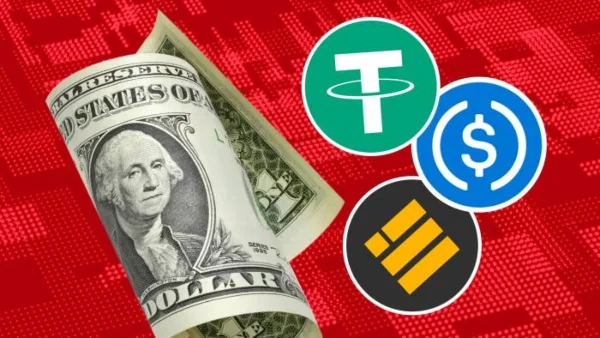
3. DEXs (Decentralized Exchanges)
DEXs allow users to trade peer-to-peer directly on the Blockchain network without any third-party intermediary.
4. Decentralized Insurance
This referred to insurance services used by DeFi application users, typically involving buyers, risk assessors, and claim reviewers who coordinate to share risks within the decentralized insurance system.
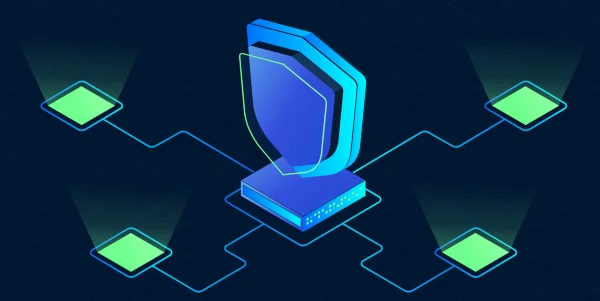
5. Liquidity Mining
Users can earn profits by providing liquidity with their coins to an exchange, and in return, they receive certain rewards, often governance tokens.
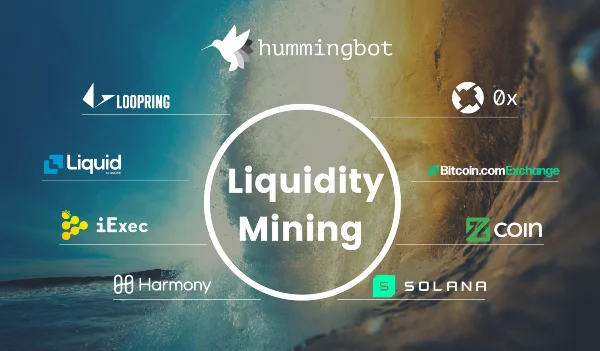
6. Decentralized Oracles
These are systems that provide real-time data to smart contracts, allowing them to access actual data outside the blockchain ecosystem, such as asset prices at a specific timestamp.
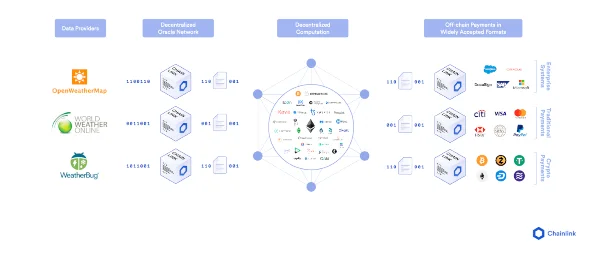
7. Decentralized Derivatives
These are decentralized derivative trading based on the future value of cryptocurrencies. Simply put, it involves trading based on the value of cryptocurrencies without directly owning them.
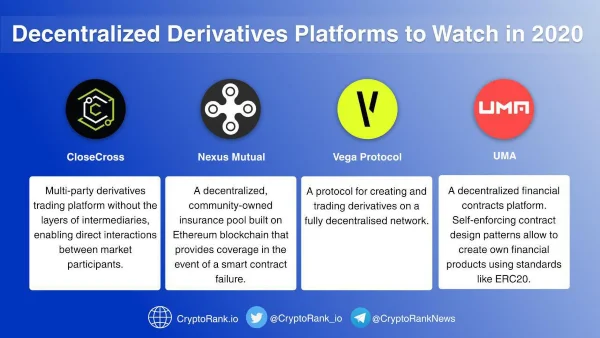
8. Synthetic Assets
This is a new form of derivative, where synthetic assets are digital representations of financial instruments that provide customized exposure to underlying assets or financial positions, represented as tokenized versions of those positions.
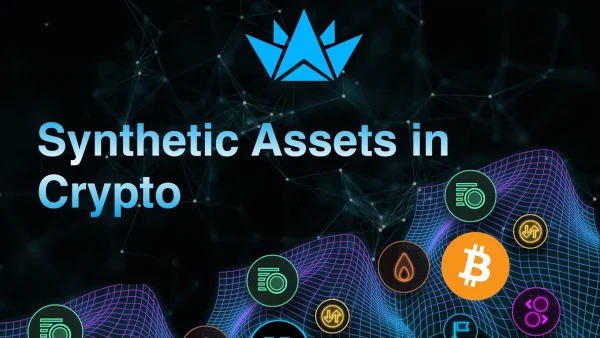
IV. Limitations of DeFi
Despite its advantages over the traditional CeFi market, DeFi also has its limitations:
- Lower efficiency: Blockchain networks are inherently slower than centralized networks, affecting the performance of applications built on them.
- High risk of user error: DeFi users are solely responsible for their actions, without intermediaries. The complexity of DeFi products can be challenging for new users.
- Negative user experience: Currently, DeFi products still require user engagement. For DeFi to become a major financial market, these products must offer tangible value to users to encourage a switch from the traditional CeFi system.
- Disorganized ecosystem: Users must have the knowledge and ability to find the right application for specific cases within the DeFi ecosystem. The challenge lies not only in building these applications but also in how well they can fit into the entire DeFi ecosystem.
V. The Potential of DeFi in the Future
In less than a year, the total value locked (TVL) in DeFi applications witnessed an eightfold increase, mainly in the DEX and Lending sectors. This shows that users are starting to pay more attention to DeFi, and decentralized exchanges are gradually gaining trust.
In the future, when DeFi combines with artificial intelligence (AI), it will change and significantly impact the centralized financial model globally. Many investors are becoming disillusioned with the traditional financial system, seeking freedom and less control. Consequently, the trend for many investors is shifting towards DeFi for managing personal finances independently of other third parties.
Submit feedback
Your email address will not be made public. Fields marked are required *
Search
Trend
-
What is Black Myth: Wukong? Detailed Guide on System Requirements and Gameplay
08-21-2024 . 1k view
-
The simplest and fastest way to log into the Chinese TikTok, Douyin.
01-10-2022 . 1k view
-
Blog sites that will accept AI generated content
07-26-2024 . 1k view
-
Call of Duty: Black Ops 6 - Intense, Mysterious, and Surprising Warfare
09-02-2024 . 1k view
-
The "End of Life" for Windows 10: A Massive E-Waste Threat and Sustainable Solutions
08-18-2024 . 967 view






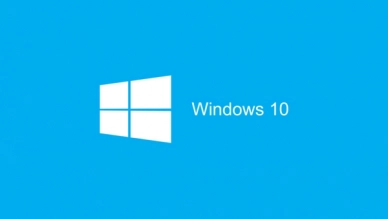
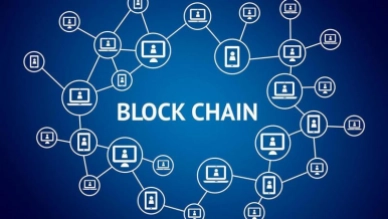
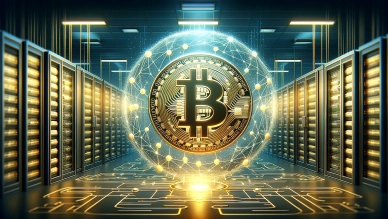
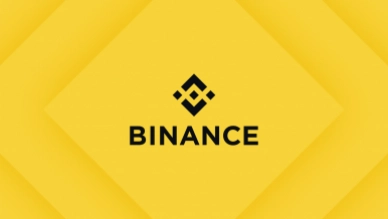
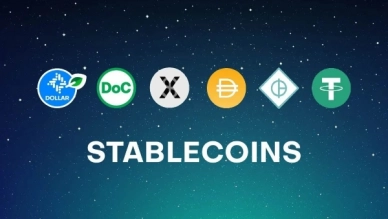
0 feedback